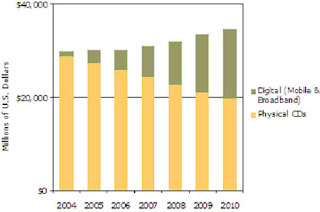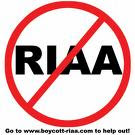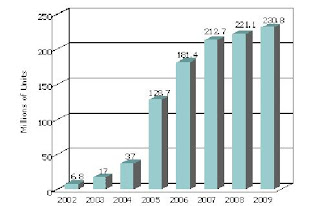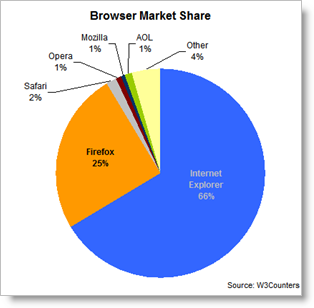

How long can an industry that sues its own paying customers thrive or survive? In what appears to be an escalation of on-going legal efforts, the Recording Industry Association of America has sued Jeffrey Howell, a Scottsdale, Ariz., man who kept a collection of about 2,000 purchased music recordings on his personal computer, reports Marc Fisher, Washington Post staff writer.
The RIAA argues it is illegal for someone who has legally purchased a compact disc to transfer that music into his or her own computer. By extension, one would assume the RIAA also opposes sideloading music onto an MP3 player.
That is going to be problematic if digital music downloading continues to grow, as iSuppli and virtually every other research outfit argues.
The RIAA argues that the MP3 files Howell made on his computer from legally bought CDs are "unauthorized copies" of copyrighted recordings.
The Howell case was not the first time the industry has argued that making a personal copy from a legally purchased CD is illegal, says Fisher.
But lawyers for consumers point to a series of court rulings over the last few decades that found no violation of copyright law in the use of VCRs and other devices to time-shift TV programs; that is, to make personal copies for the purpose of making portable a legally obtained recording, Fisher notes.
Digital media has proven to be a headache for copyright holders, to be sure. In a previous era where only imperfect analog copies could be made, and recording was cumbersome, the issue was inherently limited in scope. Digital technology of course creates an infinitely-bigger problem, in part because copies are identical and because it is much easier to copy.
The problem is that common sense suggests one should not have fewer rights in a digital domain than in the analog domain being displaced. That is to say, one should not find that legal personal uses of media in the analog domain are illegal in the digital domain.
That's essentially what the RIAA is arguing. There' a "moral hazard" here, as economists might describe it. If any established code of conduct, law, regulation or practice is routinely violated often enough, behavior changes. What formerly was seen as "prohibited" now is seen as "right."
While it is understandable that the RIAA wants to protect a business model, it isgoing about things in an ultimately destructive way by making war on its customers. The RIAA might think it is within its rights to restrict copying of a single user's legally-bought music to that user's own MP3 player. Users do not agree.
So by insisting on defense of its rights, seen as a violation of fair use by users, the RIAA creates a climate of greater "lawlessness," as users simply will lose all respect for the RIAA's position.








